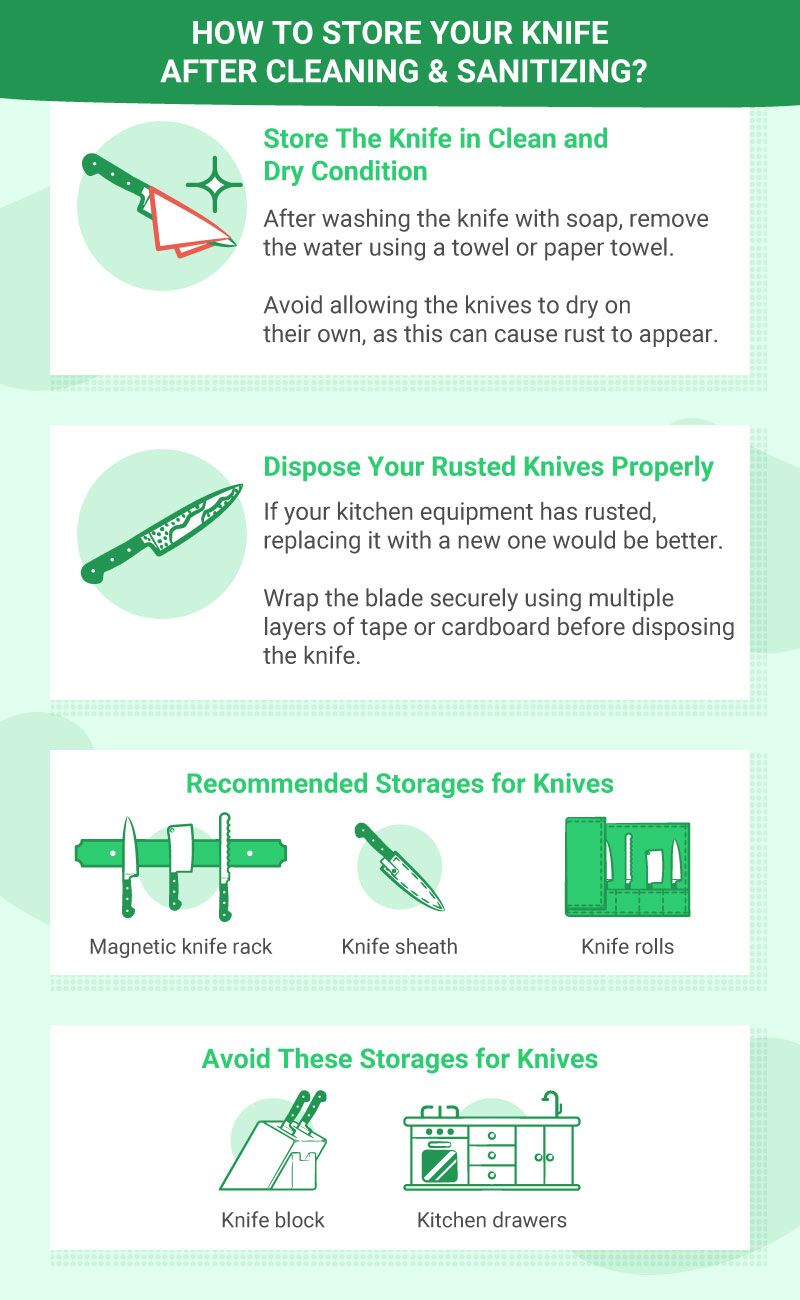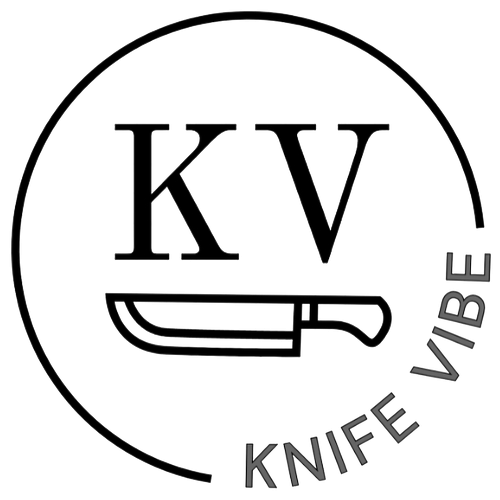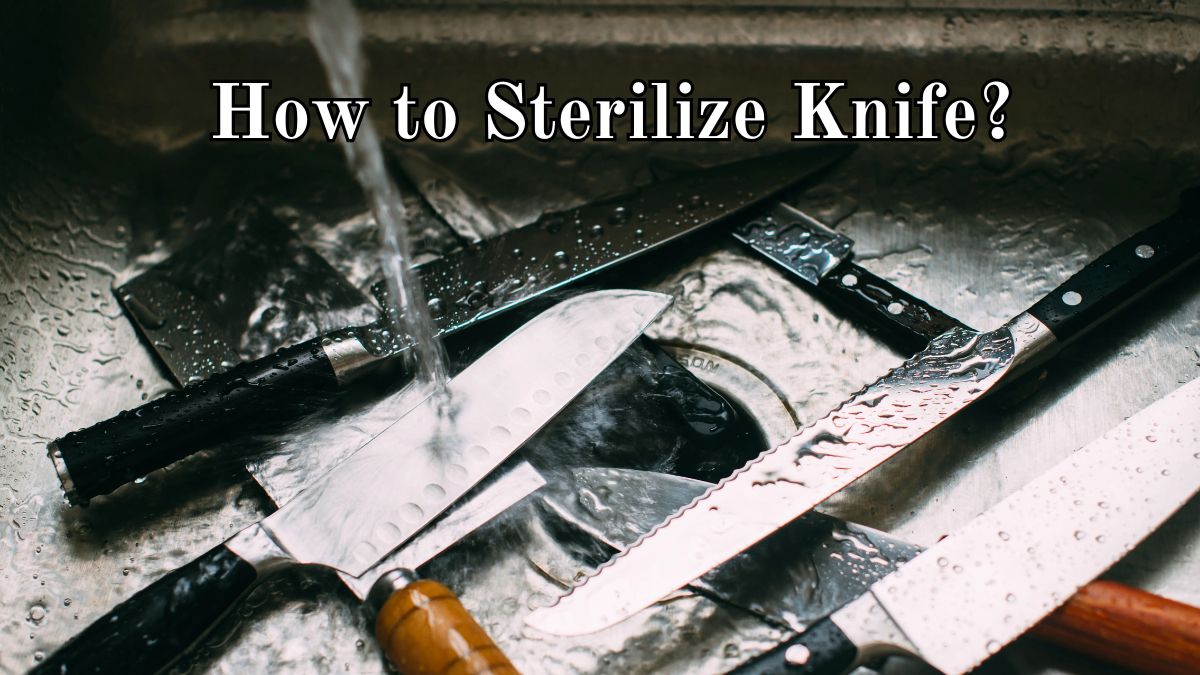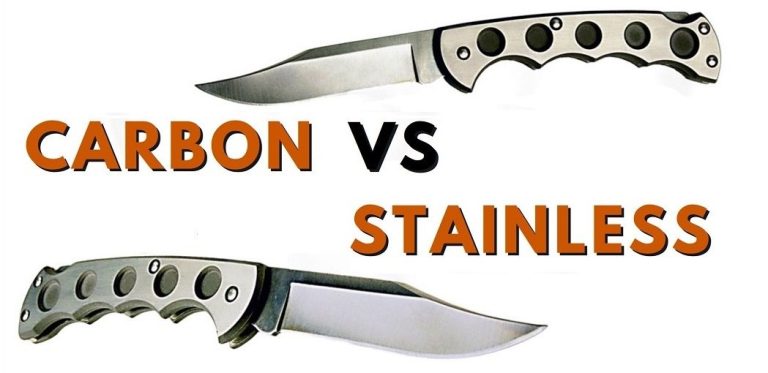How to Sterilize Knife: Step-by-Step Guide for Ultimate Cleanliness
Sterilizing a knife is crucial for food safety. It prevents contamination and ensures hygiene.
A clean knife is essential in any kitchen. Sterilizing your knife not only keeps your food safe but also prolongs the knife’s life. Germs and bacteria can easily transfer from a dirty knife to your food, posing health risks. Whether you’re a professional chef or a home cook, knowing how to sterilize your knife is important.
This process involves more than just washing with soap and water. Proper sterilization techniques ensure that your knife is free from harmful pathogens. In this guide, we will explore various methods to effectively sterilize your knife. From boiling to using disinfectants, you’ll learn the best practices to keep your kitchen tools safe and clean.
Importance Of Knife Sterilization
Knives are essential tools in every kitchen. Ensuring they are clean and safe is crucial. Sterilizing knives prevents the spread of harmful bacteria. This practice is vital for maintaining a healthy cooking environment.
Preventing Contamination
Unsterilized knives can harbor bacteria. These bacteria can transfer to food during preparation. This transfer can lead to cross-contamination. Cross-contamination is a major cause of foodborne illnesses. Sterilizing knives helps reduce this risk significantly.
Ensuring Food Safety
Food safety is a top priority for any cook. Using a sterilized knife ensures the food remains safe to eat. It eliminates harmful pathogens that can cause sickness. Clean knives also prevent the spoilage of fresh ingredients. This practice helps maintain the quality and taste of food.
Necessary Tools And Supplies
To effectively sterilize a knife, gathering the right tools and supplies is essential. This ensures a thorough cleaning process that eliminates all harmful bacteria. Below, we will cover the necessary tools and supplies you need to get the job done right.
Cleaning Agents
The first step in the sterilization process is selecting appropriate cleaning agents. Here are some options:
- Dish soap: A mild detergent that helps remove grease and grime.
- Bleach solution: Mix one part bleach with nine parts water for a potent disinfectant.
- Rubbing alcohol: Effective at killing germs and easy to apply.
- Hydrogen peroxide: Another strong disinfectant that’s safe for use on knives.
Protective Gear
Wearing protective gear is crucial to avoid injuries and exposure to chemicals. Equip yourself with the following:
- Rubber gloves: Protect your hands from harsh chemicals and sharp blades.
- Goggles: Shield your eyes from splashes of cleaning agents.
- Apron: Keep your clothes clean and dry while working.
Having these tools and supplies at hand will prepare you for the knife sterilization process. Remember, safety is just as important as cleanliness.
Preparing The Knife
Preparing the knife before sterilization is crucial. It ensures proper cleanliness and safety. Follow these steps to prepare your knife correctly.
Initial Cleaning
First, rinse the knife under warm water. This removes surface debris. Apply a small amount of dish soap to a sponge. Gently scrub the blade and handle. Pay attention to any grooves or edges. Rinse thoroughly to remove soap residue. This step removes most contaminants.
Drying Thoroughly
After cleaning, drying is important. Use a clean, dry cloth to wipe the knife. Ensure no water spots remain. Water can harbor bacteria. Even a small amount can affect sterilization. Lay the knife on a clean towel to air dry. This ensures complete dryness.

Credit: www.ehow.com
Using Boiling Water
Sterilizing a knife using boiling water is a simple method. It ensures your knife is free from germs and bacteria. This method is highly effective and doesn’t require special tools.
Boiling Process
First, fill a large pot with water. Ensure there’s enough to submerge the knife. Place the pot on the stove. Turn the heat to high and bring the water to a rolling boil. Once boiling, carefully place the knife in the water. Use tongs to avoid burns. Boil the knife for at least 10 minutes. This time ensures proper sterilization.
Cooling And Drying
After boiling, remove the knife with tongs. Place it on a clean, dry surface. Allow the knife to cool naturally. Avoid touching the blade during this time. Once cool, dry the knife with a clean cloth. Ensure no moisture remains. Store the knife in a sanitized area. This prevents recontamination.
Employing Chemical Disinfectants
Sterilizing knives is crucial for maintaining kitchen hygiene. Chemical disinfectants offer an effective way to eliminate bacteria and viruses. This method is especially useful for ensuring your knives remain clean and safe for food preparation.
Choosing The Right Disinfectant
Not all disinfectants are equal. Select a disinfectant that is both safe and effective for your knives. Look for products approved by health authorities. Common options include bleach solutions, alcohol-based disinfectants, and commercial kitchen sanitizers.
| Disinfectant Type | Effective Against | Usage Instructions |
|---|---|---|
| Bleach Solution | Bacteria, Viruses | Dilute 1 part bleach to 9 parts water |
| Alcohol-Based Disinfectant | Bacteria, Viruses | Use at 70% concentration |
| Commercial Sanitizer | Bacteria, Viruses, Fungi | Follow manufacturer’s instructions |
Application Methods
Applying the disinfectant correctly is just as important as choosing the right one. Follow these steps to ensure thorough sterilization:
- Clean the knife: Wash with soap and water. Remove all food particles.
- Apply the disinfectant: Use a clean cloth or spray bottle.
- Allow contact time: Let the disinfectant sit for the recommended time.
- Rinse the knife: Use clean water to remove any chemical residue.
- Dry the knife: Use a clean towel to dry the knife completely.
Proper application ensures your knives are free from harmful microorganisms. This step is essential for maintaining a hygienic kitchen environment.
Utilizing An Autoclave
Sterilize a knife using an autoclave by placing the clean knife inside the chamber. Set the autoclave to the required temperature and time. This process ensures the knife is free of bacteria and safe for use.
Sterilizing a knife is crucial for ensuring hygiene. An autoclave is an effective tool for this purpose. An autoclave uses steam and high pressure to kill bacteria and viruses. This method ensures your knife is completely sterile. Let’s break down the process step-by-step.
Setting Up The Autoclave
First, ensure the autoclave is clean. Check for any residue from previous uses. Place the knife in a sterilization pouch. Ensure the pouch is sealed properly. This prevents contamination. Position the pouch inside the autoclave. Make sure it’s not crowded. Crowding can affect the sterilization process.
Sterilization Procedure
Close the autoclave door securely. Set the temperature to the recommended level. Commonly, it’s around 121 degrees Celsius. Set the timer for the required duration. Usually, 15 to 20 minutes is sufficient. Start the cycle. The autoclave will build pressure and release steam.
Once the cycle completes, let the autoclave cool down. Open the door carefully. Use gloves to remove the knife. The knife is now sterile and ready for use. Always handle it with clean hands to maintain sterility.
Maintaining Sterilized Knives
Maintaining sterilized knives is essential for kitchen safety and hygiene. Proper maintenance helps prevent contamination and prolongs the life of your knives. Here are some key practices to follow for maintaining sterilized knives.
Proper Storage
Store your sterilized knives in a clean, dry place. Use a knife block or magnetic strip to keep them organized. This prevents them from touching other utensils, reducing the risk of contamination.
Avoid storing knives in drawers. They can get scratched and damaged. Always ensure the storage area is sanitized regularly.
Routine Inspection
Inspect your knives regularly for signs of rust or wear. Check the blades and handles for any damage. A damaged knife can harbor bacteria.
Replace any knife that shows signs of wear. Regular inspection helps you maintain a high standard of hygiene. Keep your knives in top condition.

Credit: gizigo.id
Safety Tips
Ensuring safety while sterilizing knives is crucial. Proper handling of chemicals and avoiding cross-contamination can prevent accidents and maintain hygiene.
Handling Chemicals
Always wear protective gear such as gloves and goggles when handling chemicals. This prevents skin and eye irritation. Use chemicals in a well-ventilated area to avoid inhaling fumes. Read and follow the manufacturer’s instructions carefully. Never mix different chemicals, as this can cause dangerous reactions.
- Use gloves: Protects your skin.
- Wear goggles: Shields your eyes.
- Ventilated area: Prevents inhalation of fumes.
- Follow instructions: Ensures safe usage.
- Do not mix: Avoids harmful reactions.
Avoiding Cross-contamination
Clean knives thoroughly before sterilizing to remove food particles. Use separate cutting boards for different types of food. This prevents bacteria from transferring between foods. After sterilizing, store knives in a clean, dry place. Keep knives away from raw food items to maintain cleanliness.
- Clean knives first: Removes food particles.
- Separate boards: Prevents bacteria transfer.
- Store properly: Keeps knives clean.
- Avoid raw food: Maintains hygiene.
These tips ensure safe and effective knife sterilization. Always prioritize safety to avoid accidents and contamination.
Frequently Asked Questions
How To Sterilize A Knife At Home?
To sterilize a knife at home, wash it with hot, soapy water. Rinse thoroughly. Boil it for 10 minutes. Dry with a clean towel.
Can You Sterilize A Knife In The Dishwasher?
Yes, you can sterilize a knife in the dishwasher. Use the hottest cycle. Ensure the knife is dishwasher-safe.
Is Boiling A Knife Effective For Sterilization?
Boiling a knife is effective for sterilization. Boil the knife for at least 10 minutes. Dry it with a clean towel.
Can You Use Bleach To Sterilize A Knife?
Yes, you can use bleach to sterilize a knife. Soak it in a bleach solution for 5 minutes. Rinse thoroughly with water.
Conclusion
Sterilizing a knife is crucial for kitchen safety and health. Follow the steps above to ensure your knife is clean. Boiling water, alcohol, or bleach solutions work well. Always handle your knife carefully while cleaning. Regular sterilization prevents contamination and foodborne illnesses.
Keep your kitchen a safe space for everyone. Simple habits like these make a big difference. Stay safe and keep your tools sanitized. Your health is worth the effort.







